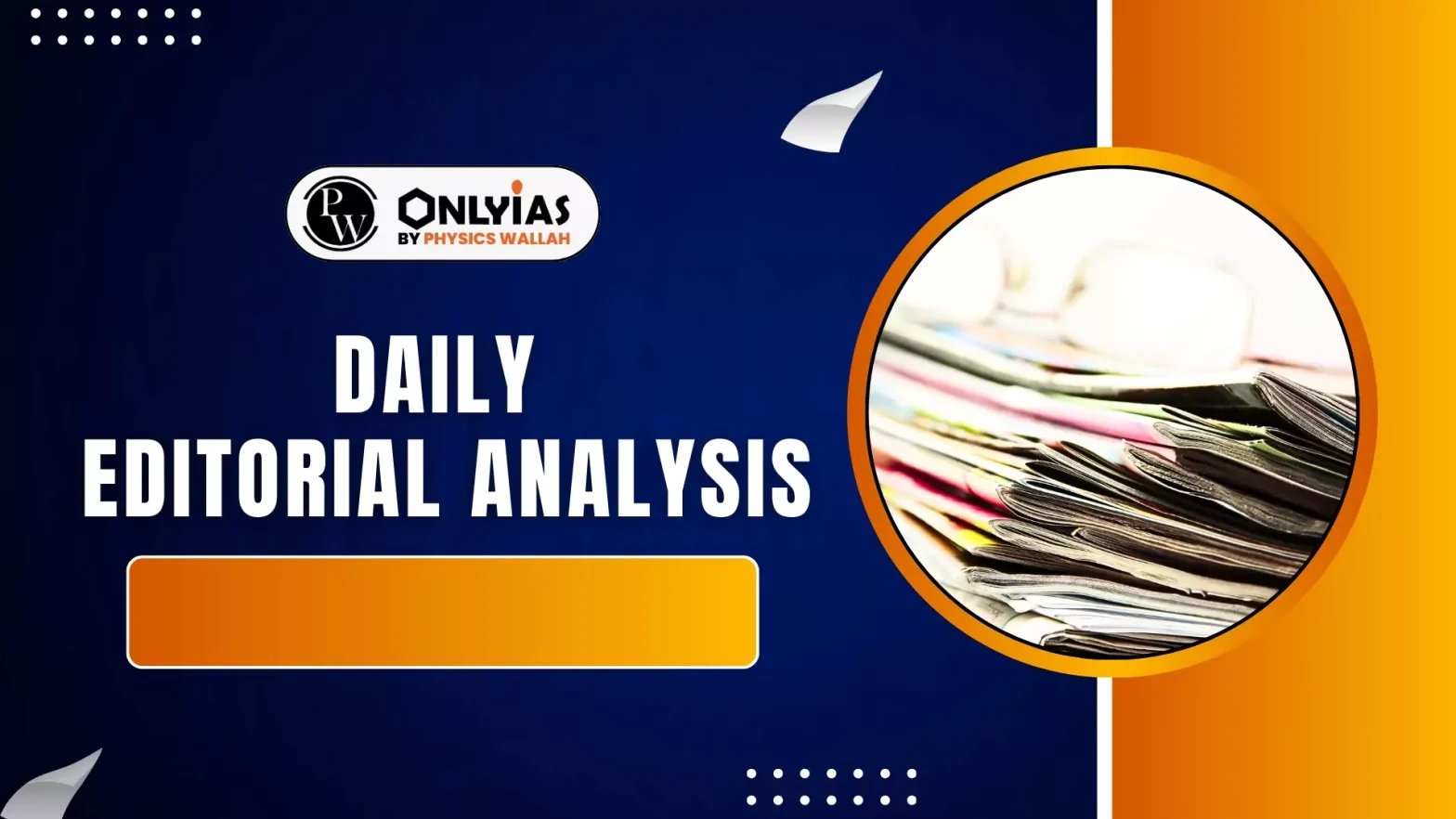India has overtaken Japan to become the world’s fourth-largest economy, according to NITI Aayog CEO.
- The announcement was made during the press conference for the 10th NITI Aayog Governing Council Meeting on Viksit Rajya for Viksit Bharat 2047.
- This economic milestone — reinforced by the IMF’s World Economic Outlook Report—places India just behind the United States, China, and Germany, with a nominal GDP of approximately $4.19 trillion.
From Fragile To Powerful
- 2013: India was in Morgan Stanley’s Fragile Five.
- Challenges Faced By India: High Inflation, Weak Rupee and Current Account Deficit (CAD).
- 2014 Onwards: Macro Stability Achieved with Reforms and India is now a global investment destination.
Drivers Behind India’s Economic Rise
- Service Sector: Growth led by the services sector (IT, Fintech,BPO Boom).
- Digital Revolution: Increase in UPI, Smartphones, Internet Access.
- Youthful demographics: that fuels demand and workforce.
- Infrastructure Push: Investments and pro-business reforms like Ease of Doing Business have bolstered investor confidence.
- India has emerged as a key player in the China-plus-one manufacturing strategy.
- Doubling Of Per capita income: The Per Capita Income has nearly doubled from $1,438 (2013–14) to $2,880 (2025).
Challenges Still faced By India
- Income Inequality Persists: Despite economic growth, wealth distribution remains uneven, leading to a widening gap between the rich and poor, especially after Covid.
- Gross Domestic Product (GDP) growth does not necessarily reflect equitable development or improved quality of life for all citizens.
- Low Per Capita Income: India’s per capita income is still far below the high-income threshold of $14,005, limiting its global economic standing.
- It is still behind Germany ($51k) and USA ($85K) and is in the lower middle income group.
- Urban-Rural Divide: There is a stark disparity in access to opportunities and services between urban and rural populations.
- Regional Imbalances: Certain regions lag behind in development, hindering balanced national progress.
- Example: Mumbai has ₹6 lakh per capita whereas Bihar has a per capital of ₹55K
- Lack of Access to Quality Services: Millions of Indians continue to face challenges in accessing quality healthcare, education, and employment.
Measures Needed To Improve India’s Position
- Invest in Human Capital: Strengthen education, healthcare, and skilling to empower every citizen meaningfully.
- Example: Effective implementation of the National Education Policy (NEP) and Ayushman Bharat can improve long-term outcomes in education and health.
- Skill Development: With over 65% of the population below 35, India must equip its youth with employable skills.
- Example: Aspirational Districts show that focused interventions in education and skilling can transform vulnerable regions.
- Social Security: With an ageing population and informal sector dominance, social security is critical. Schemes like e-Shram and Pradhan Mantri Shram Yogi Maan-dhan (PM-SYM) pension must be expanded and integrated to provide a safety net.
- Wealth Distribution must match wealth creation: Growth must benefit all, through progressive taxation, targeted welfare, and inclusive policies to include tribal, rural and women to reduce inequality.
- Example: Once known for conflict, Dantewada (Chhattisgarh) has transformed through focused investment in education, skilling, and livelihood program.
Conclusion
India needs urgent reforms in education, healthcare, skills, and social security to ensure inclusive growth. There is a necessity to balance growth and equity — progress must benefit every citizen.
![]() 29 May 2025
29 May 2025

